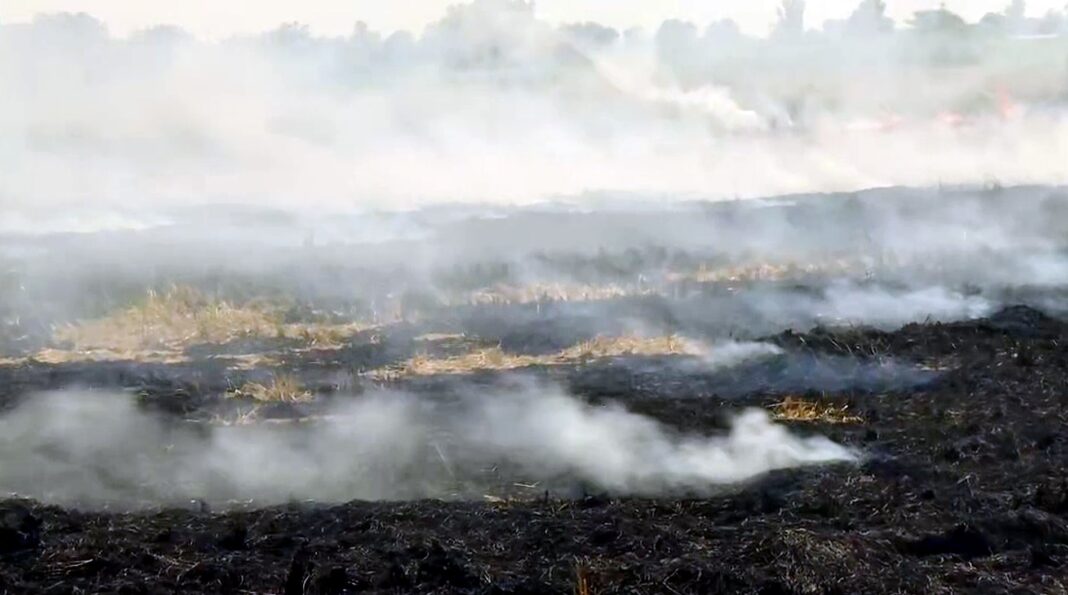[ad_1]
The number of paddy stubble burning incidents rose 16 per cent to 2,817 in Punjab on November 5 over the previous day even as the Centre has been appealing to farmers to use Pusa bio-decomposer and other machines for crop residue management.
As per the data maintained by the Indian Council of Agricultural Research (ICAR), about 319 stubble burning events were reported in Madhya Pradesh, 91 in Rajasthan, 90 in Haryana, 24 in Uttar Pradesh and nil in Delhi on November 5.
Between September 15 and November 5 this year, a total of 29,400 stubble burning events were detected in Punjab alone, followed by 2,530 events in Haryana, 2,246 in Madhya Pradesh, 927 in Uttar Pradesh, 587 in Rajasthan and 9 in Delhi.
Stubble burning in neighbouring states, which has been an old menace during the paddy harvesting season, remains a significant contributor to air pollution, especially across northern India, including the national capital.
Last week, Agriculture Minister Narendra Singh Tomar had appealed to neighbouring state governments and farmers to use available solutions for management of the paddy crop residue.
Farmers can make use of the Pusa bio-decomposer, which is effective, cheaper and easier to use. They can also use machines for crop residue management, which the Centre has subsidised for farmers in Punjab, Haryana, UP and Delhi since 2018-19, he had said.
ICAR, the country’s premier agriculture research institute under the aegis of the agriculture ministry, has collated the data based on the inputs from three remote sensing satellites — Suomi NPP, Terra and Aqua — at the National Remote Sensing Centre (NRSC).
(Only the headline and picture of this report may have been reworked by the Business Standard staff; the rest of the content is auto-generated from a syndicated feed.)
[ad_2]
Source link



